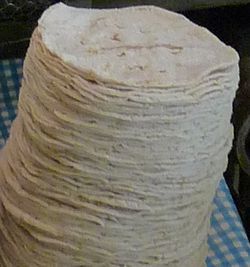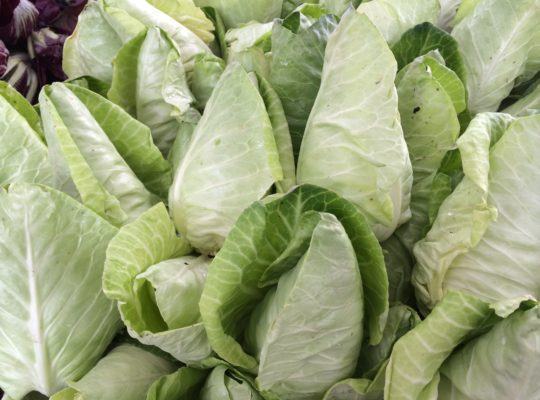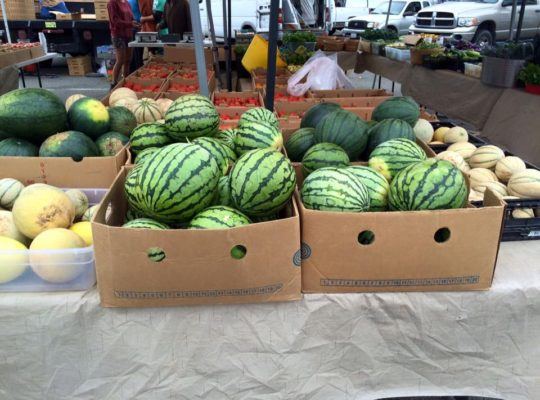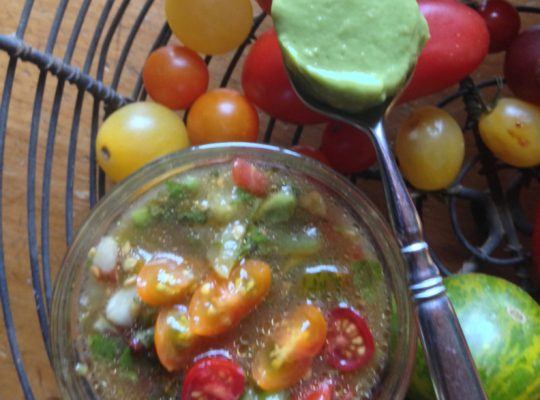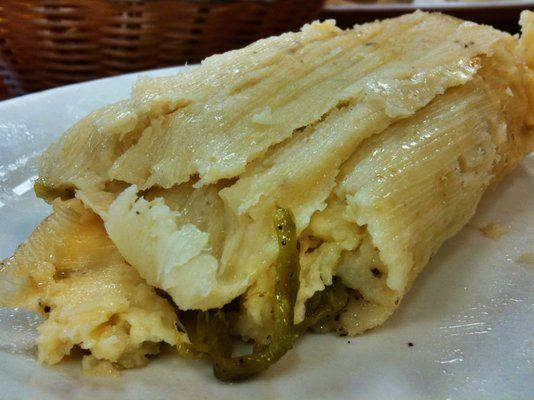Fifteen pounds of conical cabbage had been sitting in my pantry for two weeks as I battled a virus during a heatwave, which seems to me like a double insult. It’s bad enough being sick when the sky is grey and misty but when temperatures hover close to 100 degrees, it’s hard to tell why you’re so miserable: Is it a fever or is it simply too hot? The chills that accompany most viruses are no help and there is very little comfort to be found, especially given that insomnia seemed to be one of this virus’s symptoms. Finally, as temperatures waned and a Black Moon rose on a clear night, the virus seem to pack up and move to another victim and I felt ready to tackle those two enormous cabbages.
First, I shredded all the cabbage, using a large cleaver to break it into manageable pieces and then using my food processor to slice it. My big stainless steel bowl held 11 pounds of it, another bowl held four. I added the appropriate amount of salt to both containers, pounded the cabbage a bit, and then spooned yogurt into a cheese cloth bag to drain. While the yogurt drained, I made a coffee-molasses marinade, poured it over pork spareribs, and put them in the frig. I’d already put a clay pot full of beans and a ham hock over low heat. You’ll find that recipe here. After the yogurt had drained, I put the resulting cheese–known as labneh and similar to cream cheese, but more tangy–into a glass jar. It is delicious on toast, bagels, and crackers.
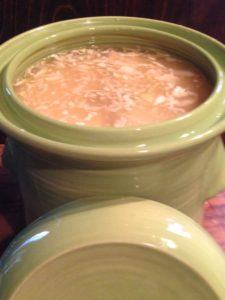
This crock holds 11 pounds of cabbage, pounded with salt until it releases its liquid and collapses. Ceramic weights keep the cabbage submerged as it ferments.
When it came time to finish the sauerkraut, I used recipes from a column I wrote a few years ago, which you can read here. My large fermentation crock from Architectural Ceramic Design held the larger amount of cabbage, made using the salt-only technique. Because I didn’t have a half-gallon jar, I packing the remaining cabbage, now fermenting using the salt and whey–from the drained yogurt– technique, into a gallon jar.
I enjoy spending one day each weekend cooking, preparing things not just to enjoy at the moment but throughout the weekend and beyond, especially in the fall, when winter is imminent and so many foods are begging to be preserved.
